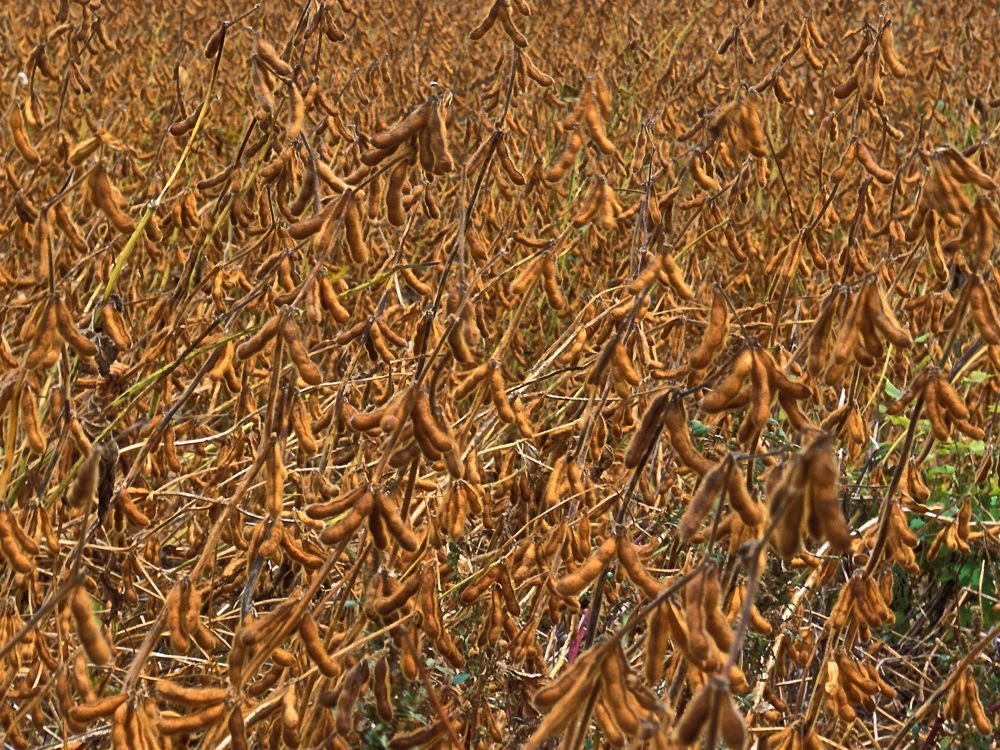Chicago | Reuters — Chicago Board of Trade soybean futures rose on Friday on technical buying, bucking pressure from the harvest of a record-large U.S. soy crop and a strengthening dollar, analysts said.
Corn also advanced while wheat fell, anchored by plentiful domestic and global stocks.
At the CBOT, November soybeans settled up 7-1/2 cents at $9.83 per bushel (all figures US$). December corn ended up 1-1/2 cents at $3.52-1/2 a bushel while December wheat fell 2-1/2 cents at $4.14-1/2 a bushel.
Soybeans bounced back from a weak close on Thursday and the November contract finished the week up 20-1/2 cents per bushel, or 2.1 per cent, buoyed by export demand and strength in soyoil.
Read Also

U.S. livestock: Cattle fall sharply as Trump says he’s working to lower beef costs
Chicago cattle futures fell sharply on Friday after U.S. President Donald Trump said his administration was working to lower the…
Friday’s rally was slowed by strength in the dollar, which makes U.S. goods less competitive on the world market, and by expectations of heavy farmer selling this weekend.
“This is going to be close to the last big harvesting weekend for soybeans,” said Don Roose, president of U.S. Commodities, adding that commercial grain elevators typically sell futures ahead of the weekend to hedge against the grain they expect to buy from farmers.
The U.S. Department of Agriculture said the U.S. soybean harvest was 62 per cent complete by Oct. 16, while the corn harvest was 46 per cent finished.
Corn futures firmed on bargain-buying a day after the December contract fell 1.8 per cent in a broad-based sell-off in commodities. But expectations of harvest-related selling, along with spillover weakness from wheat, capped upward momentum.
“Wheat is an anchor for the corn today,” Roose said.
For the week, December corn fell 1-3/4 cents or 0.5 per cent, and December wheat declined 6-1/2 cents or 1.5 per cent.
The wheat market continues to struggle with large stocks in the U.S. and worldwide.
“With short-term needs now covered, we argue that global oversupply will re-emerge as the main price driver,” Rabobank analysts said of wheat in a note, adding that the arrival of Australia’s new crop and beneficial rain for sowing in western Europe would also limit upside in wheat prices.
— Julie Ingwersen is a Reuters correspondent covering grain markets from Chicago. Additional reporting for Reuters by Gus Trompiz in Paris and Naveen Thukral in Singapore.














